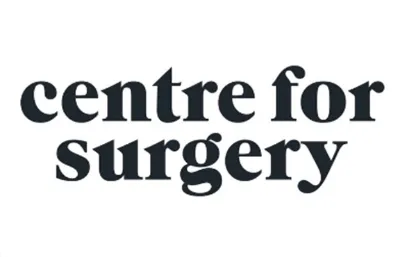The umbilicus or belly button is the scar from the umbilical cord that fed you while you were in your mother's womb. It is the way in which your skin is attached to the underlying muscle.
When the midwife or doctor cuts the cord at birth, the scar, which is left, is usually inside a hole. This is often referred to as an “innie” type of belly button. If your belly button sticks out, it is, quite logically, called an “outie”. Many people seem to prefer an "innie" instead of an "outie."
Whether you have an “outie” or an “innie” is caused by how the scar is attached to the muscle under the skin, how loose your skin is, and how tight your tummy muscles are. If you are unfortunate to suffer from a hernia, this can cause a change of the shape of your belly button, as can scars left by earlier surgery or from wearing jewellery such as belly button rings.
You will no doubt have noticed that it is currently very fashionable for women to wear cropped tops and hipster trousers in order to reveal their navels. A study published in the U.S. in Mayo Clinic Proceedings reveals that one third of young women who are at college in America now have pierced belly buttons. The fashion would seem to be as popular in this country too.
Men often expose their navels when they are doing sports and exercise and male body builders value a nicely shaped belly button to complement the rest of their perfect physique.
Thus, cosmetic surgeons in America have developed an operation called an umbilicoplasty. Increasing numbers of people want their belly buttons to be perfectly shaped and this operation can achieve this. Mostly, the surgery will involve making an “outie” into an “innie” or making an “innie” a little less obvious by lessening the size of the hole.
However, as with any cosmetic surgery, some people have rather different reasons for wanting to have their navels re-shaped. They may include:
- No belly button at all or a badly shaped navel from birth, or as a result of some sort of trauma or faulty surgery in the past;
- A small hernia which may stick out in a little lump next to the belly button;
- Flat- or elongated navels which some people like to have made rounder. It is believed that a circular belly button has a younger look to it than a longer, flatter kind;
- A belly button that is shifted to one side, sticks out, or is hidden by folds of flesh or wrinkles.
Many people combine belly button sculpture with a tummy tuck but according to 2005 statistics from the American Society for Aesthetic Plastic Surgery (ASAPS), over 2,100 umbilicoplasties (without a tummy tuck) were performed in 2005 in the U.S.. (Note: ASAPS appear to have stopped reporting on statistics for belly button surgery after 2005).
No official figures are yet available for the U.K., but there are a few surgeons who are starting to offer this procedure here.
If you're considering an umbilicoplasty, the following information will give you a basic understanding of the procedure. It can't answer all your questions, since a lot depends on the individual patient and the surgeon. Please ask a surgeon about anything you don't understand.



